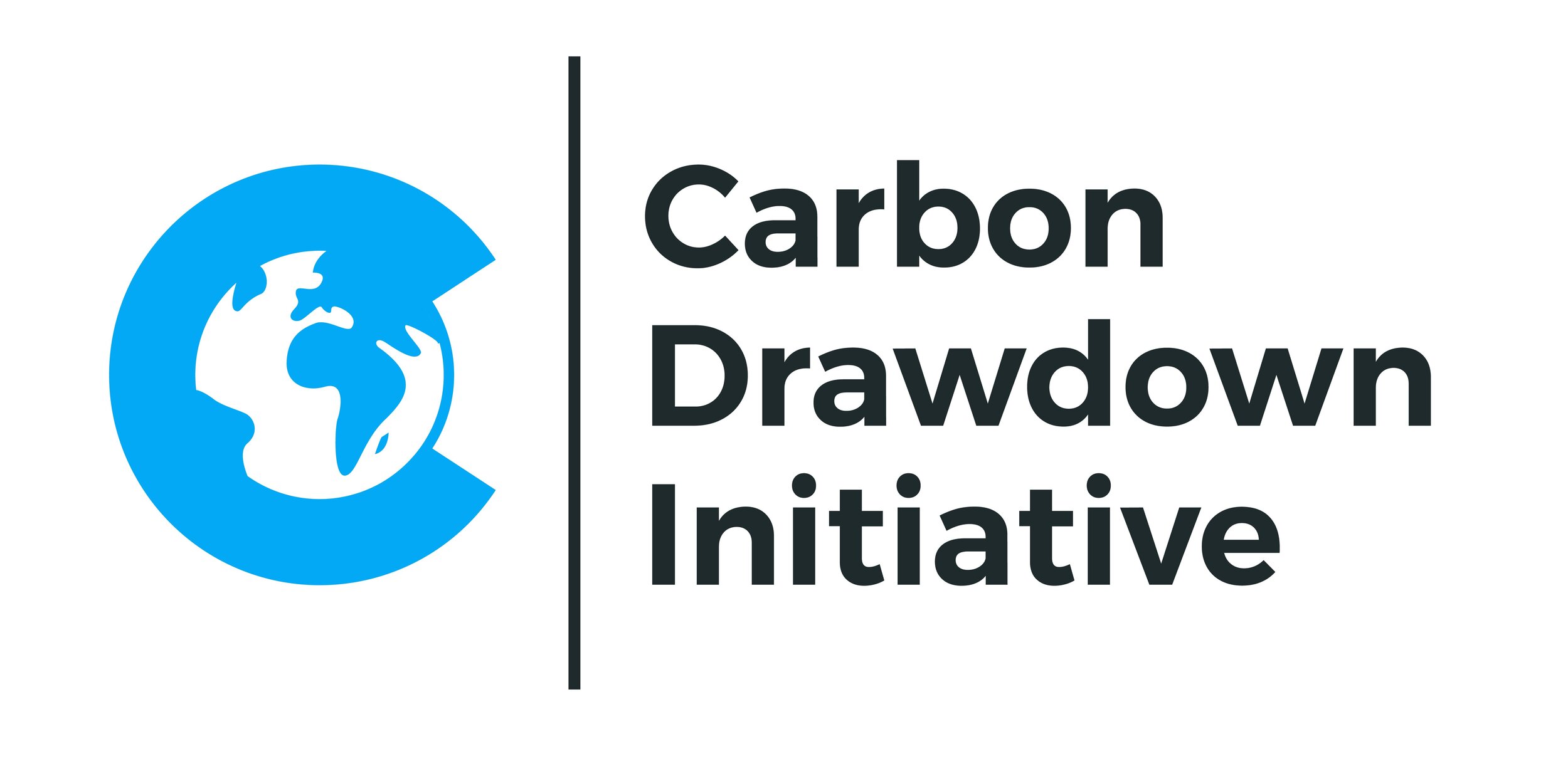“Failed” enhanced weathering experiments create valuable insights
With our field and greenhouse experiments we spent several hundred thousand US$ on failed experiments. Here’s why it was still money well spent!
Humans have spent over 150 years adding carbon dioxide to the atmosphere, and we have barely started with removing it—we are still in the learning phase, for example for enhanced weathering. We still do not know what exactly happens in the soil when we spread rock dust on fields. Figuring this out is important, but will require many creative ideas for experiments that have not been tried before.
When you try things nobody has done before, you’re bound to hit roadblocks. In 2021 we were developing our first experiment to test the effectiveness of advanced rock weathering on croplands, and after 12 months the results simply did not match our projections.
We hit the first roadblock. We simply could not show that we removed carbon.
Okay… so… now what?
We set up a second, more ambitious project by 7-folding the number of experiments, adding hundreds of sensors and moving into a more controlled environment. After 12 more months, the data told us that we again did not remove carbon from the atmosphere.
We checked the data and the experiments again and again to find out if we were either measuring the data incorrectly or if the weathering process actually didn’t work as expected. But we weren’t doing it wrong!
At this second roadblock, instead of giving up, we again scaled up our ambitions.
We ran an even more ambitious project—now with 400 different pots as we created the world’s largest greenhouse EW experiment along the way—and finally over the next 24 months we found some of the 400 tests worked exactly as originally expected.
That’s when we confirmed our methods were never the issue, the problem was always the unlucky soil/rock combination we used in our two original experiments. We had made a very unfortunate choice.
We failed. Or did we?
We found that EW doesn’t work under certain conditions, at least not fast enough. Just the fact that we found that you can fail with an EW project spectacularly is already an important outcome! Knowing that it sometimes does NOT work is a valuable learning. This learning is the base for our next, even bigger experiment planned for 2025.
We failed fast, we did not give up, and we iterated further, and now we are much closer to impactful projects. By failing obviously and quickly, we’re closer to ultimate success.
In the next weeks we will publish an extensive white paper with the complete documentation of this whole story, it reads almost like a detective tale.
Stay tuned! Subscribe to our newsletter and we will inform you when we have published it.


